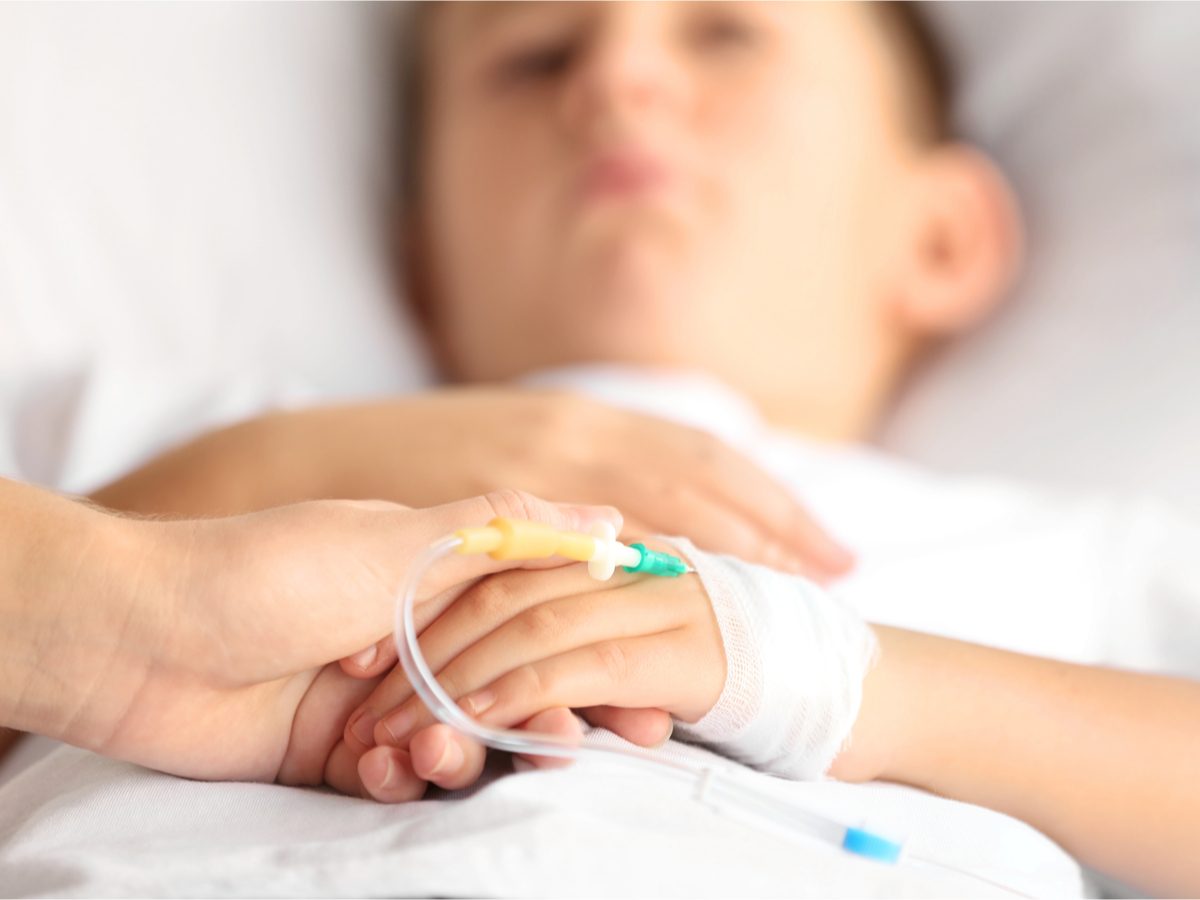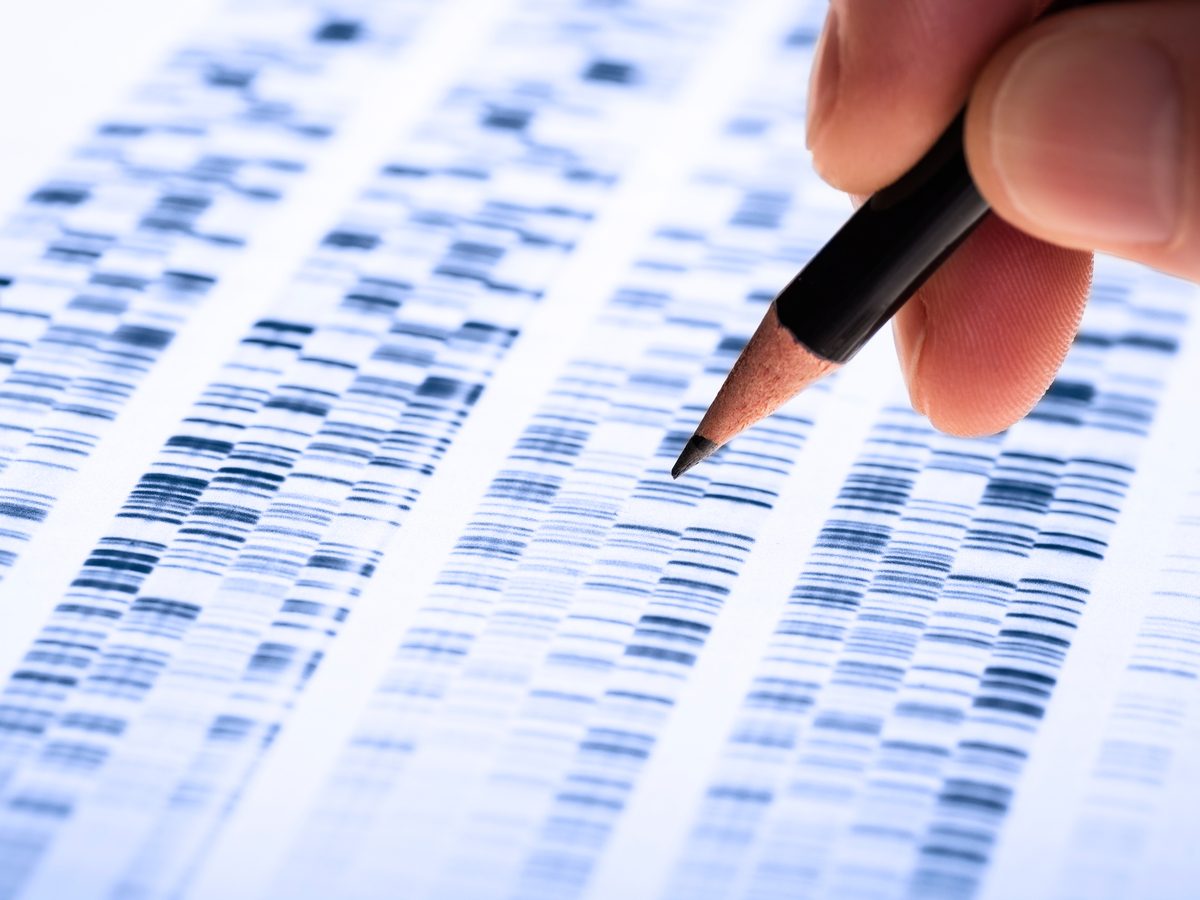
A Medical Mystery
The patient: Josh (real name has been changed), an Australian boy
The symptoms: Diminishing abilities, along with seizures and vomiting
The doctor: Dr. Nicholas Smith, head of neurology at Women’s and Children’s Hospital in North Adelaide, Australia
Even before Josh was born in 2007 in South Australia, his parents, Nicole and Andy, knew there was a chance their baby might have a severe disorder that could affect the course of his life. His older sister, Lauren, had stopped meeting milestones just after turning one. As she grew, she gradually lost her mastery of skills like walking and speaking. Despite extensive testing, she remained undiagnosed, but doctors suspected it was a genetic condition.
Tragically, an unexpected hemorrhage from a perforated ulcer claimed Lauren’s life at two and a half. Her grieving parents worried that the child they were carrying at the time would have the same mysterious condition.
Josh was a happy, social baby, and at first he was on track when it came to rolling over and sitting up for the first time. At 12 months, he took a few steps on his own. Then, just like Lauren, his development slowed. He stopped walking independently. By age two, he was no longer talking. Even though Josh’s parents had expected he might have inherited the disorder, it was still devastating when doctors confirmed it.
At age three, Josh began experiencing bouts of intense vomiting that would last for several days without a break. At five, he couldn’t sit up on his own anymore, and reverted to crawling. He started having seizures. The following year, a feeding tube became necessary because he was eating less and struggling with liquids.
Josh’s medical file was thick with results from physical exams, lab testing and brain scans, but nothing that led to a diagnosis. Numerous tests for genetic conditions had been performed in vain on both Josh and Lauren over the years. The terrifying possibility that this family would lose a second child loomed large.

An Unfamiliar Gene, Discovered
When Josh was six, Nicole and Andy received a referral to Dr. Nicholas Smith, a neurologist at Women’s and Children’s Hospital in North Adelaide, Australia. “We were told that he had a keen interest in these types of conditions,” says Nicole.
From the moment Smith met Josh, he was charmed. “He was a happy, smiley boy. He’s always had a bright spark in him,” he says. Although Smith didn’t have an immediate cure for Josh’s disorder, he was confident he could help with symptom management.
Smith also knew there might be a way to get more information. The genetics field had advanced considerably since Josh’s birth, and scientists could now analyze entire sections of the genome at once and pinpoint unexpected differences, or variants. “Every time I saw this boy and his family, their child was worse. They were preparing themselves for him to die,” says Smith. Giving a family answers is no small thing, he adds; even if their child does not survive, it can at least provide closure, and is vital for any future family planning.
Smith thought there was a chance his research colleagues in the University of South Australia’s molecular pathology department could provide those answers. Postgraduate student Alicia Byrne, under the supervision of professor Hamish Scott, analyzed Josh and Lauren’s genetic data. Healthy people have about four million variants, usually harmless, in their genome. Byrne sought the one variant that was to blame for the children’s disorder. It can take hours and hours to sort through the genetic data, spotting and researching any possibilities.
Byrne ruled out anything that didn’t appear in both children’s genomes. She also excluded variants that are common in healthy people, or linked to disorders that Josh and Lauren obviously didn’t have. She was left with an unfamiliar new gene that hadn’t before been associated with a disease. And, as it turned out, each of the two parents carried a different variant in that same gene; when they combined in the children, it created an incredibly rare disorder.
Byrne was ecstatic about the discovery, as efforts to find genetic variants prove fruitless in more than two-thirds of challenging cases. Even better, there was a possible treatment in this case.
Discover the surprising cause of this young girl’s stomach pain.

A Promising Treatment
The mutation was in a gene crucial for transporting B vitamins to the nervous system. Lab experimentation with Josh’s cells showed a definite problem with vitamin B uptake. Even if Josh had normal levels of these nutrients in his body, he simply couldn’t get enough where he needed them. The hopeful team devised a trial therapy for Josh of weekly high-dose vitamin infusions. “It was very exciting,” Nicole says. “We felt we had nothing to lose, and everything to gain.”
Within weeks, Nicole and Andy reported Josh had more energy. “It’s always difficult to know how much positive progress is due to the parents’ hope that their child will improve,” says Smith. But after three months, there was a measurable reduction in Josh’s seizures and vomiting.
Six months after treatment began, Josh had stopped regressing and was moving forward again. “The ‘wow’ moment for us was the day Josh went up on his knees to crawl,” says Nicole. “It’s one we’ll never forget.”
Over time, Josh regained the ability to use a walker. He started saying “mom” and “dad” again. Today, at 13, he enjoys horsing around on the playground at school, watching videos on his iPad and making people laugh. “The most gratifying thing is seeing this boy and his family living life without the fear and anxiety,” says Smith.
“It’s all we could have asked for,” Nicole adds. “Our outlook is unknown, but for now we enjoy every day with our strong, happy, healthy son.”
Next, find out how doctors discovered the mysterious cause of this young child’s muscle spasms.